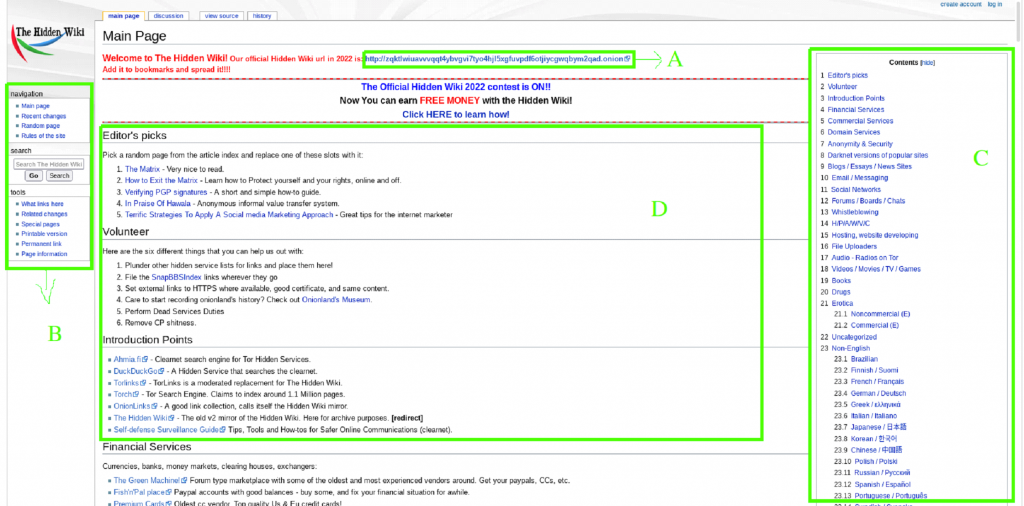The internet has made it effortless for people to trade a wide range of wildlife species—from orchids, cacti, and fungi to thousands of mammals, birds, reptiles, amphibians, and also insects, corals, and other invertebrates. But alongside the regulated trade in wildlife, there is a dark version—illegal wildlife trade. Endangered birds are scarcely left in the wild. Horns sawn off shot rhinoceros. The wildlife sold illegally on the dark web is blight. It creates stress on nature, leads to biodiversity loss, and compromises bio-security, sustainable development, and human well-being worldwide.
The Rise of Illegal Wildlife Trade on the Dark Web
We investigate the dark web, a secret world of the internet that is intentionally hidden from search engines. Most of us associate the dark web with illegal drug marketplaces. We wanted to know what kind of species was being sold there.
According to our research, in 51 darknet marketplaces, we found 153 different species being sold. These were entirely plants and fungi having psychoactive effects, proving they are part of the well-known dark web drug trade. There were few listing for vertebrates, including the iconic Colorado River toad, which endures poaching pressure because its skin secretes psychotropic toxin as a defense.
Why isn’t the dark web used by illegal wildlife traders? Mostly because the trade in illegally traded animals and parts of animals is not hidden—it is all over the clear internet. For example, the frog toxin kambo used in the ritual that killed a Mullumbimby woman in 2019 is still being sold freely.
What Type of Illegal Wildlife Trade on the Dark Web?
On the dark web marketplaces, around 3,000 ads were posted to sell wildlife species between 2014 and 2020. On these marketplaces, over 153 species are sold, and 68 species contain psychoactive chemicals.
The hugely traded species was the South American tree Mimosa tenuiflora, also known as Jurema preta. Its barks have the extraordinarily strong psychedelic DMT. Plants made up the majority of the species sold, with many coming from Central and South America. Moreover, 19 species of Psilocybin are being sold on the dark web.
Many types of animals and plants were being sold for their purported medical benefits, while a few species were being sold for clothing, ornament, or as pets. Many of the species we discovered on the dark web had a lengthy history of being illicit trading, including live African gray parrots, elephant ivory, rhino horn, and tiger and lion teeth and skins.
Furthermore, the less known animals such as the Goliath beetle, Chinese golden scorpion, and Japanese sea cucumber were also sold on the dark web.
Wildlife Sold Illegally on the Dark Web is Hard to Stop
Globally, the wildlife trade is regulated by CITES (The Convention on International Trade in Endangered Species of Wild Fauna and Flora. However, the regulated market is just a small portion of the whole. Currently, CITES protects less than 5% of traded animals and plants. According to some estimates, the number of species traded live is at least three times that of the regulated trade.
Nowadays, there have been some effective disincentives to stop traffickers from selling illicit wildlife on the darknet. Punishments for committed wildlife traffickers are useless, with Australian traffickers continuously harvesting animals even after being caught.
Online efforts to reduce wildlife trafficking are on the rise. One of the positive initiatives is the End Wildlife Trafficking Online coalition. It is a collaboration between animal rights organizations and online platforms such as Facebook, Alibaba, and eBay aimed at combating online trafficking.
While cracking down on illegal wildlife trade is critical, operations here increase the likelihood that a wider range of wildlife will appear on the dark web.


